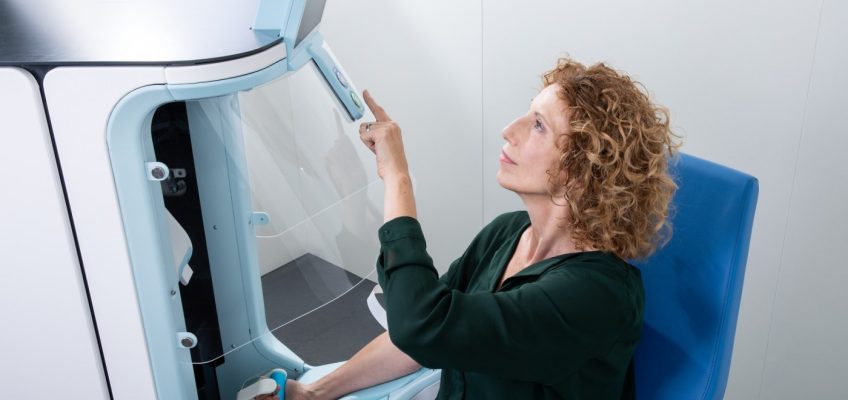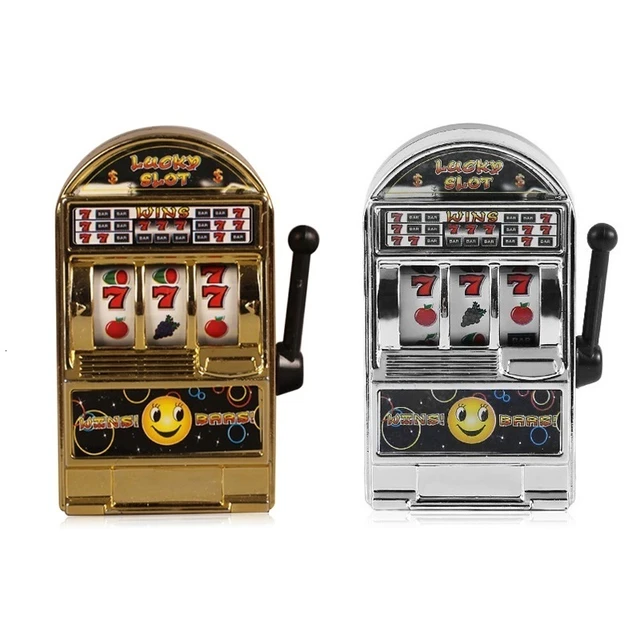The practice of drawing blood has changed very little over the decades. It looks about the same now as it did 50 years ago.
That process, however, may be about to get a modern makeover. Several health systems across the U.S. are gearing up to try a new way of drawing blood: using a robot.
Chicago’s Northwestern Medicine is among several health systems that have agreed to be part of a clinical trial of a device that automates blood collection. Northwestern and the company behind the device say it has the potential to make blood draws more efficient, while helping health systems deal with a shortage of phlebotomists, which are people trained to collect blood samples.
“This all ensures high accuracy and high reliability, and with such precision it reduces any pain and discomfort associated with a normal blood draw,” said Bob Gerberich, chief commercial officer for North America for Vitestro, the Netherlands-based company that makes the device, which is called Aletta.
Netherlands-based company Vitestro makes the Aletta device that automates blood collection. (© Norbert Waalboer Fotografie/Courtesy of Vitstro)
Here’s how it works: The patient sits in a chair by the 5-foot-tall Aletta device, and places an arm on a sloped armrest that’s part of the device. The patient then presses a start button, and a tourniquet tightens around the patient’s arm, above the elbow, to make the blood draw easier. The Aletta then uses an infrared light to locate the veins. The device sprays the patient’s arm with alcohol to clean it, and an AI-driven doppler ultrasound probe on a robotic arm helps select a vein and determine needle placement. The Aletta then inserts the needle into the vein and collects blood into tubes.
When it’s done, the Aletta applies a bandage to the area where the needle pierced the skin.
Unlike with a traditional blood draw, the patient does not see the needle go into the arm nor the tubes of blood. The entire process takes about two minutes.
“With this device they never see the needle and and they never see or experience or feel the blood tubes being changed,” Gerberich said. “That really helps with those types of patients that are ordinarily squeamish.”
The Aletta has a 95% success rate when it comes to drawing usable blood on the first attempt, and the machine can be especially useful for patients who might otherwise be difficult to successfully stick, according to the company.
The device is already approved for use in Europe for patients ages 16 and older, and the company plans to soon seek approval from the U.S. Food and Drug Administration for its commercial use in the U.S.
Netherlands-based company Vitestro makes the Aletta device that automates blood collection. (© Norbert Waalboer Fotografie/Courtesy of Vitstro)
Northwestern is one of three sites in the U.S. that have agreed to use the device as part of a multi-center clinical trial, Gerberich said. The company is not yet releasing the names of other two health systems, and is hoping to add one or two more systems as well, he said.
The Aletta will likely be sent to Northwestern next year, Gerberich said.
Each health system will get several Aletta devices for a period of time before the devices are moved on to other locations participating in the trial, with a goal of getting feedback on the use of the devices in the U.S. and showing how they perform, said Toon Overbeeke, CEO and co-founder of Vitestro.
Northwestern hopes the device allows it to ensure the quality of blood samples while dealing with an ongoing shortage of phlebotomists, said Dr. Gregory Retzinger, medical director of Pathology Clinical Services at Northwestern Memorial Hospital.
Though “human involvement can certainly be reassuring to a patient,” it can be difficult to find enough phlebotomists, Retzinger said. “We don’t have enough people to draw the blood, so I had to look for a solution.”
Employment of phlebotomists is expected to grow 8% between 2023 and 2033 — about double the growth rate for all occupations during that period, according to the U.S. Bureau of Labor Statistics. The bureau projects about 19,600 openings for phlebotomists each year, on average, over that time. Attempts to reach the National Phlebotomy Association and several Chicago area colleges that train phlebotomists for their thoughts on the technology were unsuccessful this week.
Johnson & Johnson plans $55 billion in US investments over the next four years
Trump administration cuts funding for Minnesota research on vaccines, health care access
Researchers find a hint at how to delay Alzheimer’s symptoms. Now they have to prove it
National Legion commander to address suicide prevention in Forest Lake, Apple Valley talks
Lean Cuisine and Stouffer’s meals recalled for ‘wood-like material’ linked to choking
The device also has a near-zero rate of hemolysis during blood collection, which is when red blood cells break down during or after the collection process making a sample unusable, according to the company. Normally, with traditional blood draws, the hemolysis rate of blood samples can be as high as 3% to 4%, according to published research.
“You have to have a good sample in order to have meaningful data that can be interpreted on behalf of the patient,” Retzinger said.
It has not yet been determined what the device will cost once it’s available commercially in the U.S. But Gerberich said health systems should see a savings over the expense of traditional phlebotomy. The company expects that one health care worker, trained on how to use the Aletta, will be able to oversee up to three of the devices at once.
The company also expects that the devices will improve patient experience. For example, patients in need of blood draws could see more available appointments and/or reduced wait times because health systems using the machines will be able to draw blood from more patients more quickly, Gerberich said.
“The main purpose of the device is really to enhance the quality of the samples and improve the patient experience,” Overbeeke said.




